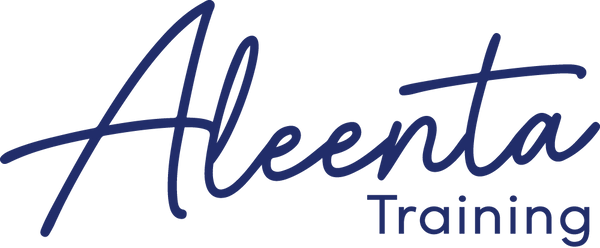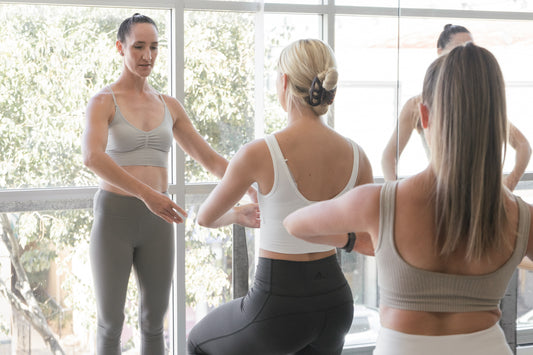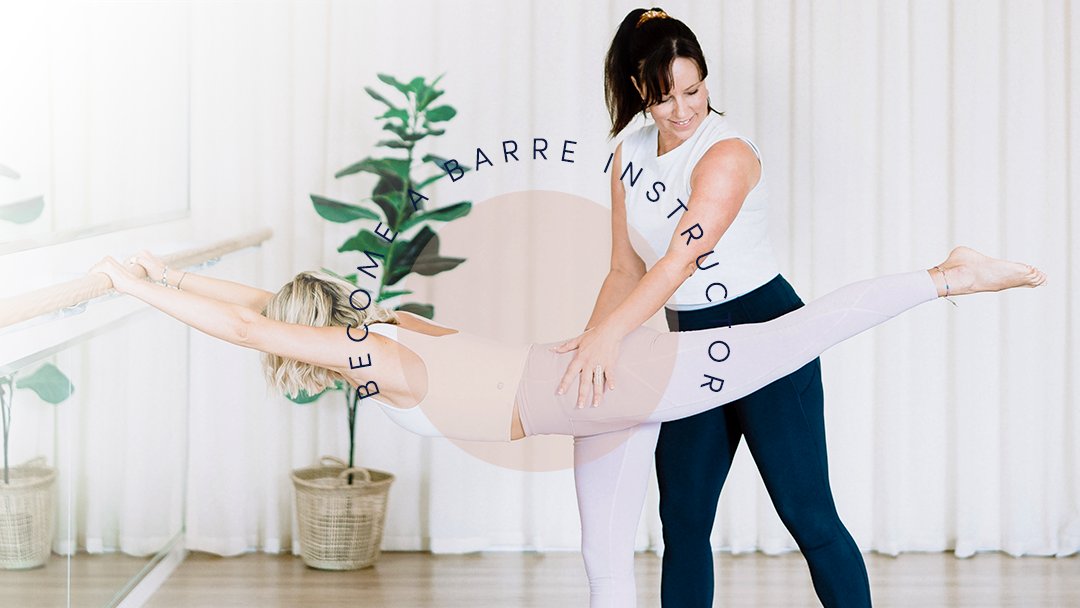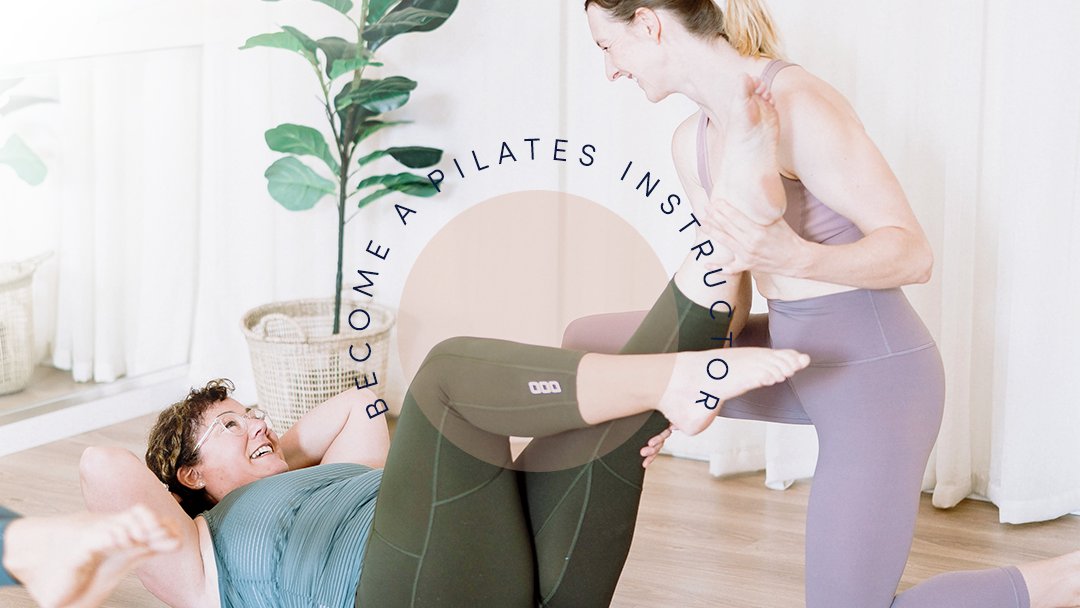
Sound Bites With Dr Dan: Good Pain Vs Bad Pain | PART 3
Share
Transcription:
Honestly, I do use sharp and pinchy as an indicator because you can contrast it to something like a stretch. Does it just feel like a like a stretch or a pull or is a bit is a bit more like sharp or pinch?
And then I mean, some of that's even just, it's just language people will sometimes use to signal to you that that doesn't feel right and there is something to that doesn't feel right thing, because we all we all know delayed onset muscle soreness, stretch it or or masseuse poking a trigger point like we all know that can be really intense. But there is something intuitively about that that we know it's safe and fun. I think sometimes the signals that come from the body might give us some sort of sense, but it's not enough of them to to trigger pain, so to reach that threshold that might still give you a vague sense of something which doesn't necessarily mean stop. Right. This is part of my research areas. Pain doesn't mean damage. Pain gives us a buffer zone. It gives us a warning before there's damage. So having pain or experiencing a sensation that might be a precursor to pain doesn't necessarily mean you should stop.
Because as we've discussed, sometimes you need to work into a bit of that to induce some change in your body. You might identify that someone they have a really bad hip extension. And so they always extend with their lower back, for example.
So that would be an example where if someone's doing a hip extension exercise and they're experiencing pain in their lower back, that's not an indication that they should keep doing low back extension to try to work that area or desensitise to it.
Although that may not be harmful, but it's not going to address their pain because their pain seems in that scenario to be coming from the fact that they're doing all their extension through their lumbar spine rather than sharing it between the hip and the lumbar spine, or indeed just doing hip extension and keeping a stable stationary lower back.






